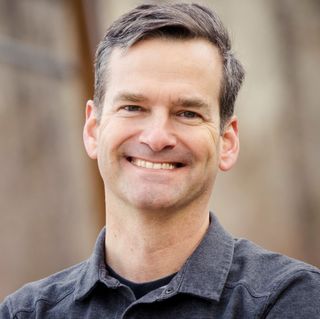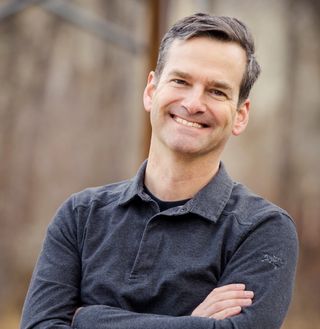Tech Company Using ATSC 3.0 to Challenge Cable, Satellite
Evoca to deliver 80 channels for less than $50 a month

A Boise company is using the new ATSC 3.0 broadcast technology to launch a new challenge to cable and satellite at a time when consumers are cutting the cord.

Edge Networks said its Evoca service will provide more than 80 news and sports and local channels for less than $50 a month. Evoca also lets users access local channels via built-in antennas, video on demand and streaming apps via their internet connections.
Viewers will be able to switch between broadcast, cable and internet programming using Evoca’s user interface and a single remote control.
“Thanks to major advances in broadcast TV technology, combined with our own proprietary systems, Evoca delivers a buffer-free 4K TV-watching experience,” said Edge Networks CEO Todd Achilles.
By using ATSC 3.0, our signal doesn’t affect and isn’t affected by internet bandwidth in the home,” Achilles said. “Regardless of how many video games, movies or video conferences may be streaming, viewers will always receive a better quality picture and more reliable service than what they experience today.”

Edge Networks has launched two stations in Boise that are broadcasting using the ATSC 3.0 standard and has permission to launch nine more. The stations in Boise are airing a test bundle of channels that can’t be seen with current TV receivers, only with the kind of ATSC 3.0 receiver that will be built into Evoca devices. The service will launch there this summer, and the company plans to expand into more markets in 2021.
When TV switched from analog to digital, Sinclair Broadcast Group and other station owners talked about using secondary digital channels to launch cable-like services, but those ideas never came to fruition.
Broadcasting & Cable Newsletter
The smarter way to stay on top of broadcasting and cable industry. Sign up below
In an interview with Broadcasting+Cable, Achilles said that ATSC 3.0 offered a better opportunity because the technology made broadcast part of the internet.
“I don't think a lot of people that have been in this industry for their careers appreciate what a big deal that is,” said Achilles, who was in the mobile industry when people started to access the internet on their phones.
“That changed everything," he added. “This will rejuvenate broadcasting.”
Edge Networks is backed by a strategic partner that Achilles declined to identify. More investors are expected to come in to help Evoca roll out.
The service will lean heavily on subscription revenues, but the technology lends itself to the kind of targeted advertising that is making over-the-top and connected TV popular with marketers.
In addition to ATSC 3.0 supporting a sharp 4K picture, “with the economic efficiencies of broadcast, we can deliver this at half the price of the incumbents,” Achilles said.
Consumers are looking for a low price point, but the also are tired of hidden fees, so Evoca won’t have them. “What we're trying to have is a very clear, crisp, transparent pricing model, with none of the fees and surcharges folks are just frankly tired of,” he said.
Achilles added that Evoca was starting out in Boise for a reason. ”Most second and third tier markets are under-served. There’s usually one legacy provider and they’ve got monopoly pricing and the quality of service tends to be low,” he said. “So we see a huge opportunity in second- and third-tier markets and that’s really across the West and the Midwest and the Southeast. But eventually, this is a nationwide service.”
Programmers have been receptive to the Evoca pitch and Achilles said he has a number of programming deals in place because networks are looking for growth opportunities in this cord-cutting era. Channel lineups will be announced closer to launch.
Evoca won’t be able to let subscribers choose their own networks on an a la carte basis, but it will be able to fine-tune channel lineups on a market-by-market basis.
“What’s relevant in Boise is different from Boston, right,” Achilles said. “Nobody watches that 200 channel bundle, so we’re really trying to target it to be relevant and hit a good clean price point.”
Price is especially important because people are worried about their health and their jobs because of the Coronavirus crisis. “The product we’re offering is heavy on news and local content. It’s built around the community, and that’s exactly what people want now, he said. “We’re coming in with something that saves households money. I think there’s a ton of value there.”
Jon has been business editor of Broadcasting+Cable since 2010. He focuses on revenue-generating activities, including advertising and distribution, as well as executive intrigue and merger and acquisition activity. Just about any story is fair game, if a dollar sign can make its way into the article. Before B+C, Jon covered the industry for TVWeek, Cable World, Electronic Media, Advertising Age and The New York Post. A native New Yorker, Jon is hiding in plain sight in the suburbs of Chicago.

